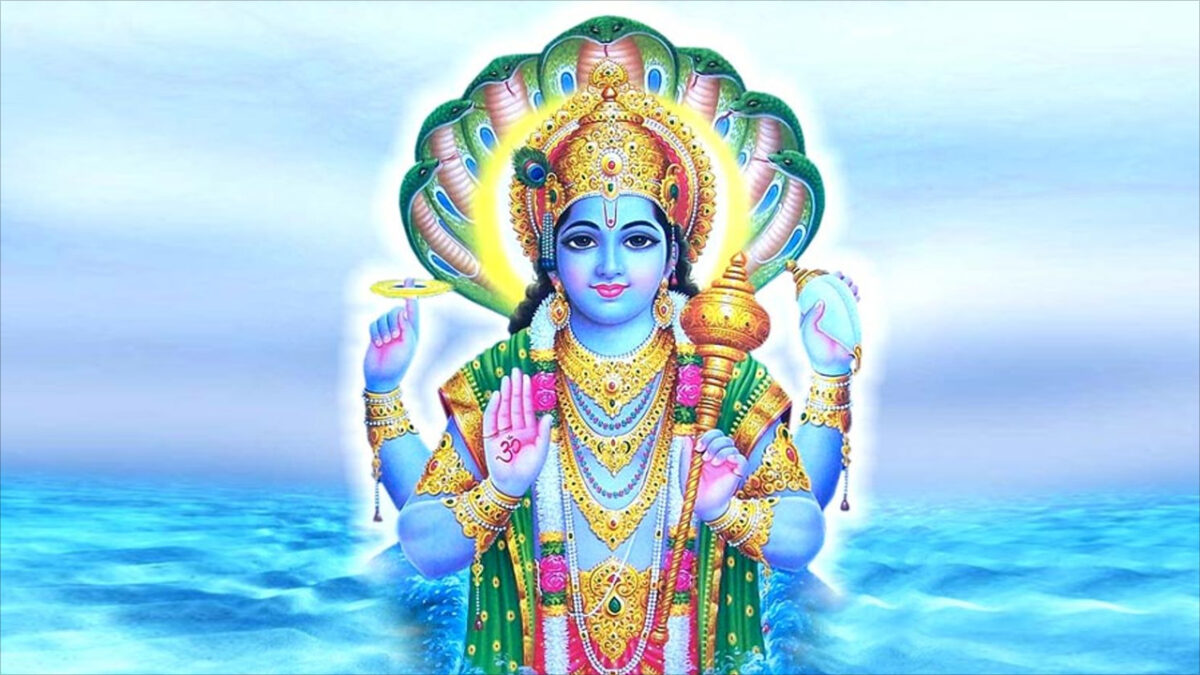Contents
In the vibrant tapestry of Hindu festivals, Anant Chaturdashi stands out as a day of great significance and devotion. This annual celebration marks the grand finale of the Ganesh Chaturthi festival, culminating in the immersion of Lord Ganesha’s idols. Anant Chaturdashi, observed on the 14th day of the waxing moon in the Hindu month of Bhadrapada, holds immense spiritual and cultural importance. Join us on a journey to explore the rich traditions and customs associated with this auspicious day.
The Origin and Significance
Anant Chaturdashi, also known as Anant Chaudas, derives its name from two words – ‘Anant’ meaning eternal and ‘Chaturdashi’ referring to the 14th day of the lunar fortnight. This festival is primarily dedicated to Lord Vishnu, the preserver in Hindu mythology, and is observed to seek his blessings for a prosperous life.
The significance of Anant Chaturdashi can be traced back to ancient Hindu scriptures. According to the Puranas, Lord Vishnu and Lord Shiva are believed to have created a sacred thread called ‘Ananta’ during a cosmic churning of the ocean. This thread represents eternity and is associated with protection and prosperity. Devotees tie this thread around their wrists as a symbol of their commitment to a virtuous life.
The Rituals and Traditions
Anant Chaturdashi is marked by a series of rituals and customs that are observed with utmost devotion:
1. Sacred Thread Tying (Ananta Sutra Bandhana)
- Devotees tie the sacred Ananta thread on their wrists, reciting prayers for blessings, protection, and well-being.
2. Worship of Lord Vishnu
- Elaborate pujas (ritual worship) are performed in homes and temples, with special offerings made to Lord Vishnu and Lord Ananta.
3. Feeding the Brahmins
- It is considered auspicious to feed Brahmins and offer them gifts as a way of seeking blessings.
4. Immersion of Lord Ganesha Idols
- The highlight of Anant Chaturdashi is the immersion of Lord Ganesha idols in water bodies, symbolizing his return to Mount Kailash to reunite with his parents, Lord Shiva and Goddess Parvati.
5. Recitation of Anant Vrat Katha
- Devotees gather to hear the recitation of the Anant Vrat Katha, a sacred narrative that underscores the importance of faith and devotion.
6. Charitable Acts
- Many devotees engage in acts of charity, such as donating food, clothes, or money to the needy.
The Significance of Immersion
The immersion of Lord Ganesha idols during Anant Chaturdashi holds profound symbolism. It teaches us the impermanence of life and the importance of letting go of attachments. As Lord Ganesha departs, devotees pray for the removal of obstacles from their lives and seek his blessings for a harmonious future.
Conclusion
Anant Chaturdashi is a festival that beautifully blends spirituality, tradition, and cultural richness. It serves as a reminder of the eternal values of devotion, faith, and letting go of attachments. As devotees come together to celebrate this day, they strengthen their bonds with the divine and with each other.
Celebrate Anant Chaturdashi with devotion, and may the blessings of Lord Vishnu and Lord Ganesha bring prosperity and happiness to your life.
FAQs
Anant Chaturdashi is observed on the 14th day of the waxing moon in the Hindu month of Bhadrapada, usually in August or September.
Tying the Ananta thread symbolizes a commitment to leading a virtuous and prosperous life while seeking blessings from Lord Vishnu.
Immersion symbolizes Lord Ganesha’s return to Mount Kailash and teaches devotees the importance of detachment and letting go.
Special dishes vary by region, but modaks (sweet dumplings) are a common offering made for Lord Ganesha during this festival.












